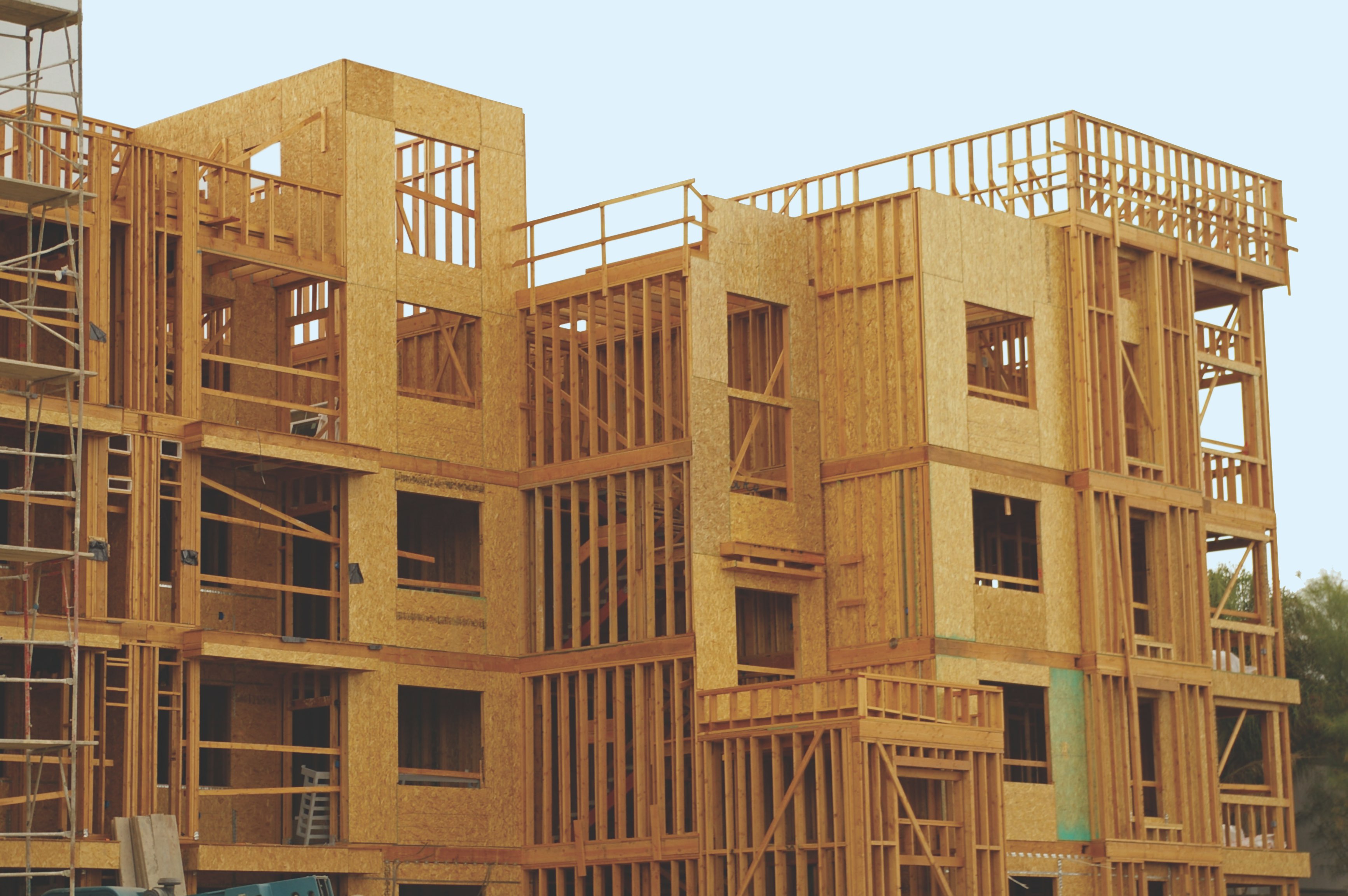
All buildings are at risk of experiencing damage during high winds. Each structure, with its own unique set of characteristics, reacts differently to wind loads. However, wood is conducive to meeting the challenges of wind-resistive design. For example, wood can carry substantially greater maximum loads for short durations than for long periods of time, as is the case during high wind events. Learn the techniques for strengthening buildings against high wind forces by addressing fundamental interactions between wind loads and building material properties.
By the end of the course, you should be able to do the following:
- Describe the techniques for strengthening buildings against high wind forces by addressing fundamental interactions between wind loads and building material properties, and review how properly designed and constructed structures using these techniques and complying with building code requirements have been proven to perform well during high wind events.
- Examine basic parameters for determining wind loads on buildings in accordance with the 2018 IBC and ASCE 7-16 and how wind loads are mitigated by building configurations often associated with wood construction.
- Evaluate key factors in designing for resistance to high winds such as the effects on calculated wind loads and wind pressures of topography, wind directionality, openings in the structure, and how exposure categories can vary based on surrounding terrain.
- Recognize the importance of a continuous load path in minimizing damage to wood buildings in a high wind event, and review reports on actual building performance in high wind events.
Course Type: Article
Featured Course: No
Learning Hours: 1
AIA Course #: TWREN6237
AIA Credit (LU/HSW): 1
AIA Session #: 1
AIA Provider #: 501110112
AIA Expiration Date: June 21, 2026
Provider: Think Wood
Credits: AIA LU/HSW
